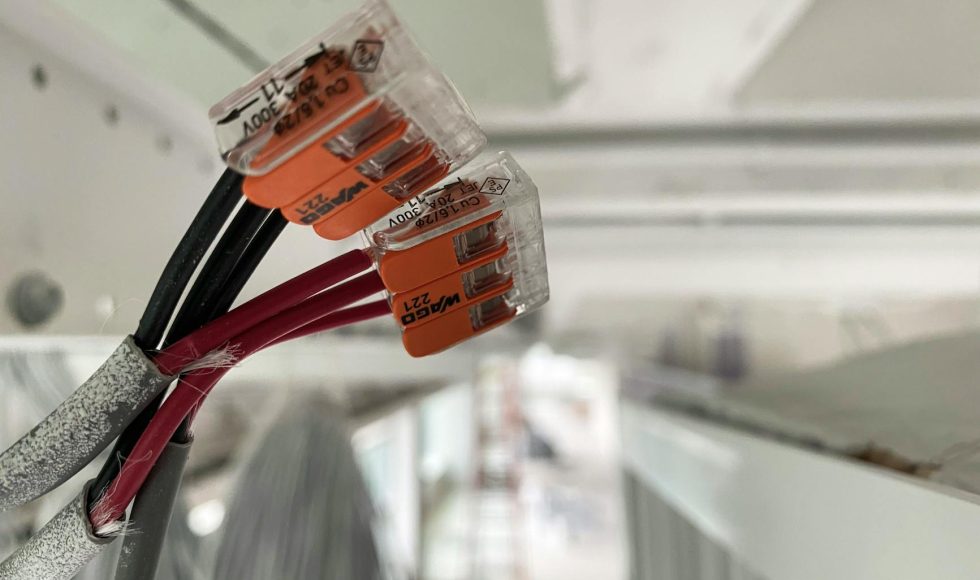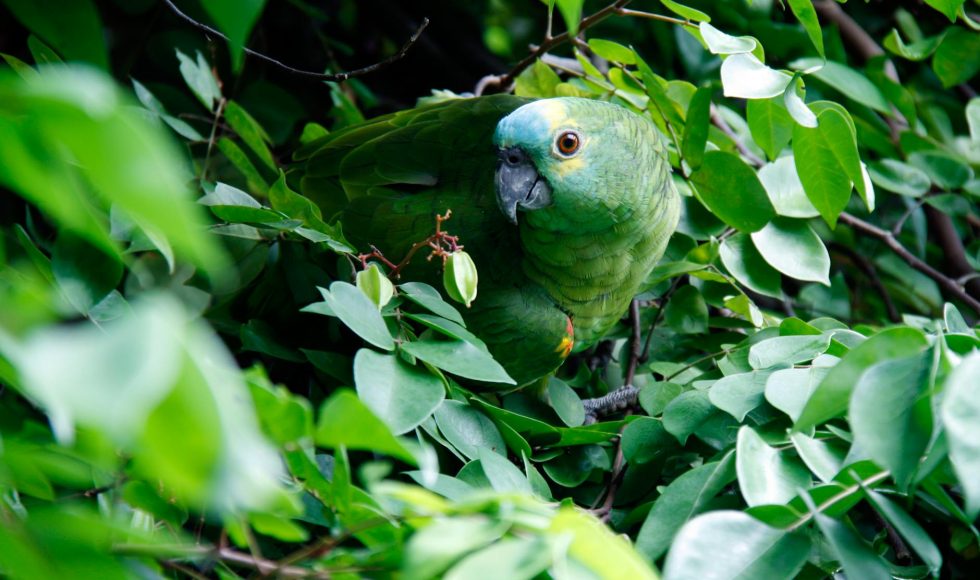Monica Kehoe from the Department of Primary Industries and Regional Development in Australia presented at the 2019 London Calling meeting. The session’s title was “Nanopore sequencing and analysis of plant pathogenic viruses—more than just rapid diagnostics?” Kehoe is based in Western Australia and using Nanopore sequencing to sequence RNA plant viruses. Their focus is to […]
Heather Drexler from Harvard Medical School presented at London Calling 2019 on “Direct sequencing of nascent RNA exposes splicing kinetics and order.” For example, Drexler explained that RNA splicing is complex, with distant exons being joined. Drexler emphasized that transcription rates affect alternative splicing and that transcription and splicing are physically and mechanistically coupled. The […]
Mark T.W. Ebbert from the Mayo Clinic presented at London Calling 2019 on “Long-read sequencing technologies resolve most ‘dark’ and ‘camouflaged’ gene regions.”Dark and camouflaged regions? Ebbert explained that regions can be dark because there are no reads available (“dark by depth“) or dark by low sequence quality (“dark by MAPQ“). Ebbert explained that most […]
“Untangling heterogeneity in DNA replication with nanopore sequencing” was the title of the London Calling 2019 session that Michael Boemo from the University of Oxford in the UK presented. Boemo spoke about how genome replication has been studied on average and not individual cases. DNA replication can be studied with next-generation sequencing methods to identify […]
Stella Loke from Deakin University in Australia spoke at London Calling 2019 about “Optimising plant DNA extraction for nanopore sequencing.” We are considering sequencing plant DNA this summer and, therefore, want to learn more about plant DNA challenges. Loke spoke about wanting the nano spec readings from Qubit to match the nano spectrophotometer. Loke confirms […]
Tonight I watched a London Calling 2023 session by Ahmed Abd El Wahed from Leipzig University in Germany. The title of the session is “Pathogen and species identification using a mobile suitcase laboratory,” which aligns nicely with the course I am teaching: Portable Genome Sequencing (PGS). The recording had videos outside highlighting the suitcase lab. […]
Tonight I watched the EPI2ME updates from Matt Parker, Associate Director of Clinical Bioinformatics at Oxford Nanopore Technologies. We will use EPI2ME next week as part of the Portable Genome Sequencing course, focusing on bacterial genome assembly and metagenomics. This Nanopore Community Meeting Houston update started with a high-energy EPI2ME video highlighting updates to compute […]
I have been reading about the Ultra-long Sequencing Kit from Nanopore to try it this summer. Tonight I found the Ultra-long Reads YouTube playlist from ONT. I watched the session by Jillian Hammond from the Garvan Institute of Medical Research in Australia. They presented on the use of Ultra-long Reads for Australian Reptiles. They noted […]
Adriel Latorre-Perez from the Darwin Bioprospecting Excellence S.L. in Spain presented at the Nanopore Community Meeting 2021. I had watched this session previously and wanted to review it since I assigned a video this week related to bioprospecting. The title of the session is “A round trip to the desert: in situ nanopore sequencing informs […]
Yufan Fan from Johns Hopkins University presented at the Nanopore Community Meeting in December 2017. I had not watched this session, and the title captured my attention: Bacterial DNA modifications with Nanopore sequencing. This session was short and full of information. Fan spoke about how bacteria can unleash endonucleases to cut foreign DNA. Their own […]











